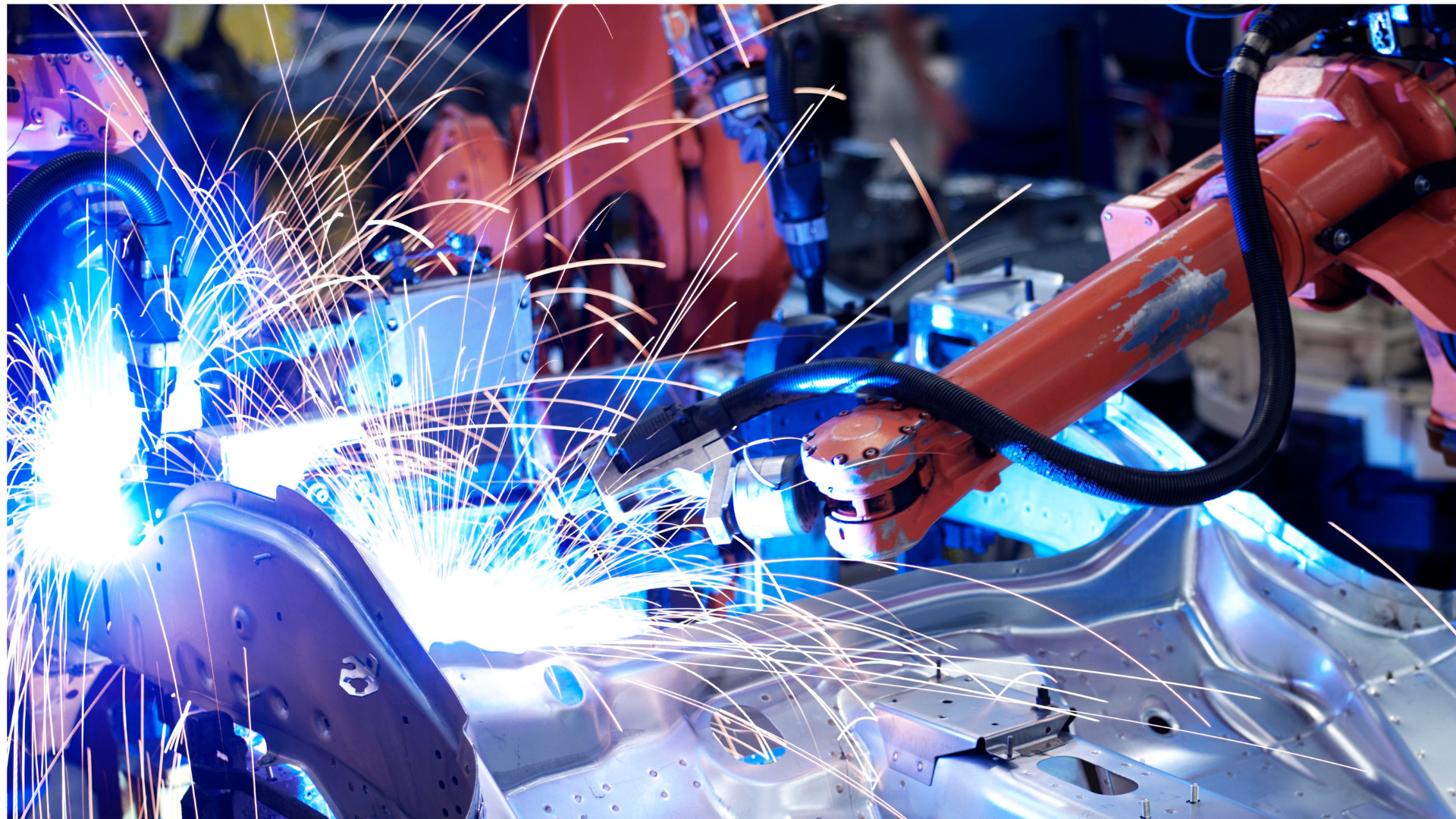At the end of the first millennium, around 1000 AD, China was definitively the most powerful country. More than a third of the world lived within its borders, its technology was the most advanced in existence, and its economy accounted for an astronomical 50% of the world’s GDP. The west paled compared to China, but eventually, Europe arose from its dark ages, the importance of China diminished, and the west came to rule the world.
Today that is still largely the case, but China is rising again. In 1978 China had a GDP of only $200 billion, only about 4% of the world’s GDP, but nowadays, that GDP has risen to $11 trillion and accounts for 15% of all economic activity in the world. This economic renaissance of the last 40 years is largely thanks to one industry—manufacturing. We have come to accept that China is the world’s factory, but it was not always this way. In the early 20th century, goods were often just produced near where they were sold. America made American goods, and Europe made European goods.
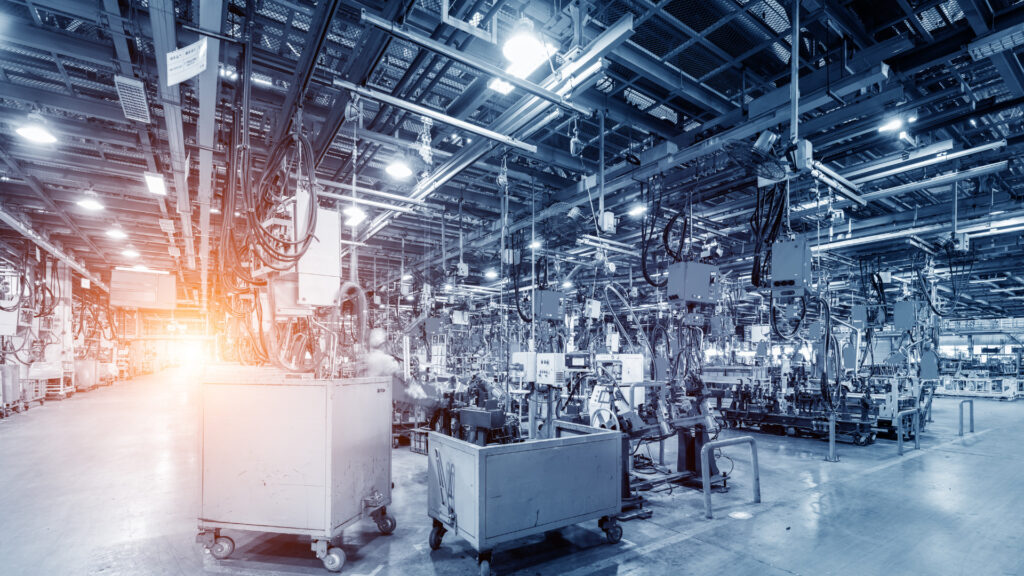
It was not until cheap, worldwide shipping became available that the production side of a company could be relocated to the other side of the world, but why did China win? How did this country become the manufacturing giant it is today? In 1978, Deng Xiaoping took power in the People’s Republic of China. He quickly visited Bangkok, Singapore, and other flourishing Asian cities. He was convinced that, in order to succeed, China needed to open itself up to the outside world, at least to an extent. He gave people control of their farms and privatized businesses and, most importantly, allowed foreign investment in the country for the first time in decades. He opened up four special economic zones with tax incentives and exemption from the oversight that the rest of the country saw on its investments and trade activity.
These four zones were essentially the free market portions of China, but none was more successful than this one—Shenzhen in the Guangdong Province, so I went there to see what it was like. Before its designation as a special economic zone in 1980, Shenzhen was a tiny town with about 30,000 inhabitants, but today that’s grown to nearly 18 million people. That means its size rivals that of New York and London. It’s believed that Shenzhen might have been the single fastest-growing city. Every other Special Economic Zone was an established area before its designation. However, Shenzhen made sense as a spot where China could embrace the west as it lay just north of the border of Hong Kong—what was at the time a British territory.
Today Shenzhen is the electronics manufacturing capital of the world. “Shenzhen as a city is really known for two things. One is manufacturing capabilities, especially for consumer electronics products and second, its gravitation for talents or human resources, especially on the product development or research and development disciplines.” Apple, Samsung, Microsoft, Sony, and Canon—all manufacture products here in Shenzhen. 90% of the world’s electronics are made in this city, at least in part. Everything costs less in China, so labor costs less too. Where a factory in the United States might pay upwards of $10-15 an hour, a Chinese laborer would happily accept $3 or $4 an hour in Shenzhen. When I was there, I withdrew the equivalent of $80 from the ATM upon arrival and left four days later with cash leftover. A 30-minute taxi ride costs about $7 US dollars. A full meal at a local place was about $3. But China isn’t cheap entirely naturally. China has artificially depressed the value of their currency.
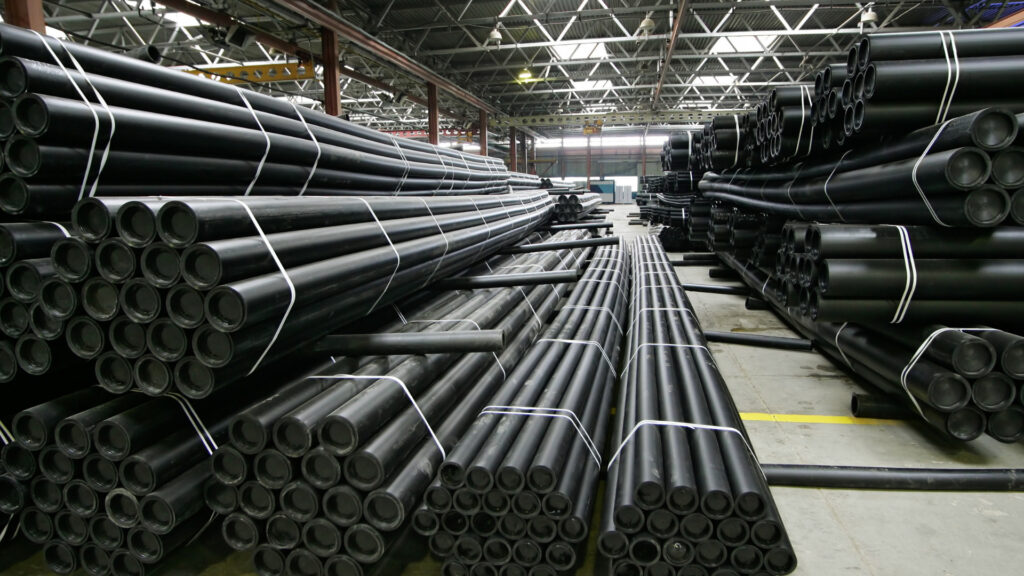
Up until 2005, the Chinese government just said that the exchange rate was 8.27 yuan per dollar, and that was that. They then went a few years, allowing it to increase in value within a margin, but in 2008 they pegged its value again to make Chinese exports more attractive during the financial crisis. Nowadays, the government picks an exchange rate daily and lets the currency fluctuate by up to 2%. This makes it so western companies can buy more for less. China also does not charge taxes on exports, while the US does not charge taxes on imports. The US does not even charge customs fees for products like tablet PC, so that some products can make it from their factory in China to stores in the US completely tax-free. When I was in Shenzhen, I visited a company called Anker. They make all sorts of consumer electronics, but chances are, if you have something from them, it’s one of their portable batteries. I asked their CEO why so many electronics companies are now based in Shenzhen.
“So, the advantage is that, you know, we’re close to the supply chain so everything is faster. Right, so, instead of like, you know, you do a mock up and you see it two weeks later here you send design to mockup and you receive it, like, three days later.” In Shenzhen, there are markets where you can buy every part imaginable, and there are factories rete engineers from Anker told me that a big reason they were able to go to market before the western companies were because they heard about it first thanks to their proximity to other engineers and companies. Shenzhen produces things better and faster, but a product is not just a physical item. “Honestly being in Shenzhen for this company is an advantage for the supply chain that we can develop good products with a competitive price but for the brand it’s also a kind of a challenge.” What Shenzhen cannot build as well is brands. Certain companies like Anker have been able to an extent, thanks to smart PR and marketing, but some other companies do not bother.
Lucrative western consumers want familiar and approachable feeling brands, but cultural differences and geographic distance often make China-based companies seem different. All across Shenzhen, I saw these boxes filled with rentable portable chargers, and as it turns out, it was an Anker product, but the Chinese designed product didn’t succeed in the western market. “Talking about Anker Box, the product is initially designed for the western market, however, actually, our trial in Seattle wasn’t that successful so we realized that, first of all, that US people actually, when they go to a bar, they actually really go there drinking instead of looking at their phones. Well, if you walk into a bar in China, you’ll find that actually, like 20 tables of people standing around looking at their phones.” When the designers are thousands of miles away from the consumer, they might not be as knowledgeable of their wants. Some companies have sprung up in Shenzhen whose whole business is developing and producing products without a brand.
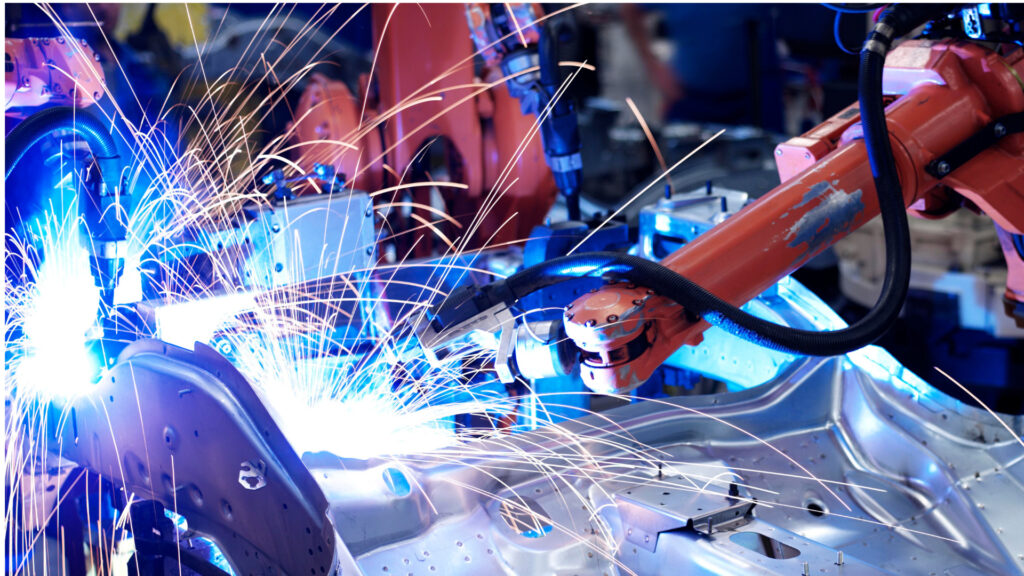
They are called “white label companies.” They might produce earphones, for example, and then sell them to a western audio company that will attach their brand and sell the product at a mark-up. Despite its enormous role in increasing the GDP of China 30-fold in the last 30 years, manufacturing is not an entirely sustainable industry for the country long term. The problem is that, rather ironically, the economic growth that manufacturing spurred in China has increased labor prices to a point where their manufacturing is less competitive. Before manufacturing came in, China was a country of poor, rural farmers, but today China has a real middle class and cities that are expensive to live in. It used to be that workers like the ones at Anker’s factory moved to the city for a few years when they were young to make money for their families back home. However, nowadays, people are moving to cities permanently and want to be able to set up solid, middle class, urban lives. The average cost for real estate in central Shenzhen is almost $1,200 per square foot.
Addy to build prototypes in a matter of days, engineers are ready to work at the drop of a hat. Development happens faster in Shenzhen. A US company might use the same factories as one based in Shenzhen, but the geographical distance makes production slower. In addition, the word travels fast in Shenzhen. A few years ago, Anker was first-to-market with a technology called Power that allows for faster device charging.
That is even higher than San Francisco and New York. Even when workers live outside the city center, higher wages are necessary even to pay for housing. At the same time, manufacturing is becoming less labor-intensive every day as robots and automation are becoming increasingly advanced and inexpensive. In 2015 China launched an initiative spending hundreds of billions of dollars each year to upgrade and automate factories to keep prices low, but this will likely do little to keep companies from packing up shops and moving elsewhere. Manufacturing lines that can be automated are likely to move back to the United States and the rest of the western market.
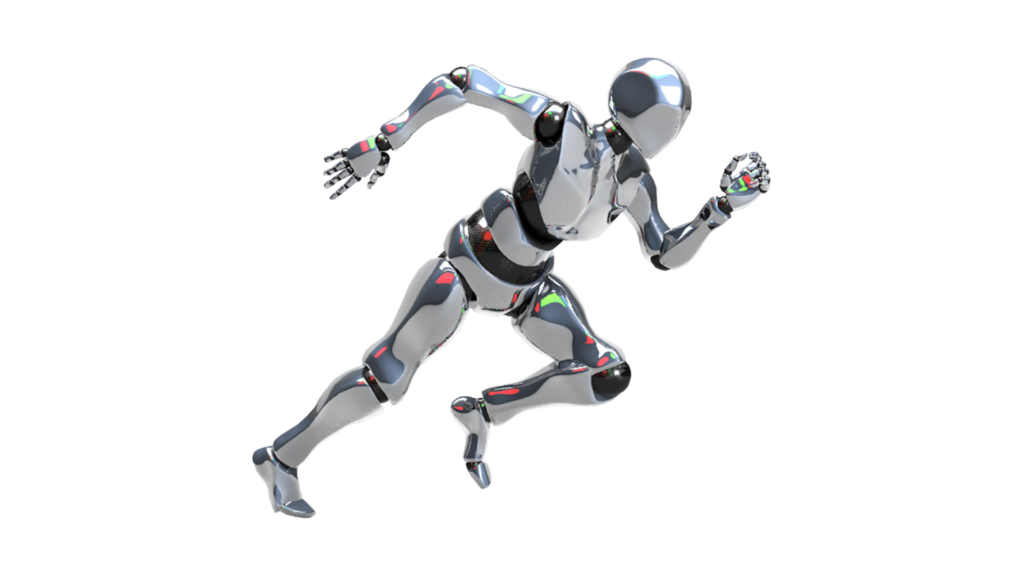
Robots cost the same whether they are in the United States or China, so manufacturing products in the US helps save on shipping costs and certainly is good for PR. At the same time, the labor-intensive jobs that China prospered on in past decades are moving to less developed and less expensive countries like Vietnam, Bangladesh, and India. Chinese manufacturing firms are responding to this by opening up their factories worldwide—everywhere from Africa to the United States itself. The model that might work for China in the future is that of Anker—Chinese based firms that can take advantage of their proximity to the production lines to cut down on development costs and time.
Shenzhen based start-ups like Anker, DJI, and OnePlus have already succeeded in taking advantage of this proximity, but more are being established each day. If you see a hardware-based Kickstarter campaign, there is a good chance it comes from Shenzhen. Ten years ago, a company would be hard-pressed to succeed in Shenzhen as its brand because, historically, the retailer has acted as a barrier between the manufacturer and consumer. However, with the rise of Amazon and other e-commerce sites, it is now possible for eastern companies to sell directly to the western consumer in a system that rewards quality over price. The time is ripe for Chinese entrepreneurship.
At the same time, Silicon Valley might be the dominant area for software start-ups, but it is hard to rival Shenzhen as an ecosystem for hardware development and manufacturing. I have to thank Anker for bringing me out to Shenzhen to research and film this video. It truly would not have been possible without them, and they gave me complete creative control over the video. I’ve owned and used an Anker battery that’s never broken down for over five years, even when it’s been accidentally submerged twice and dropped countless times.
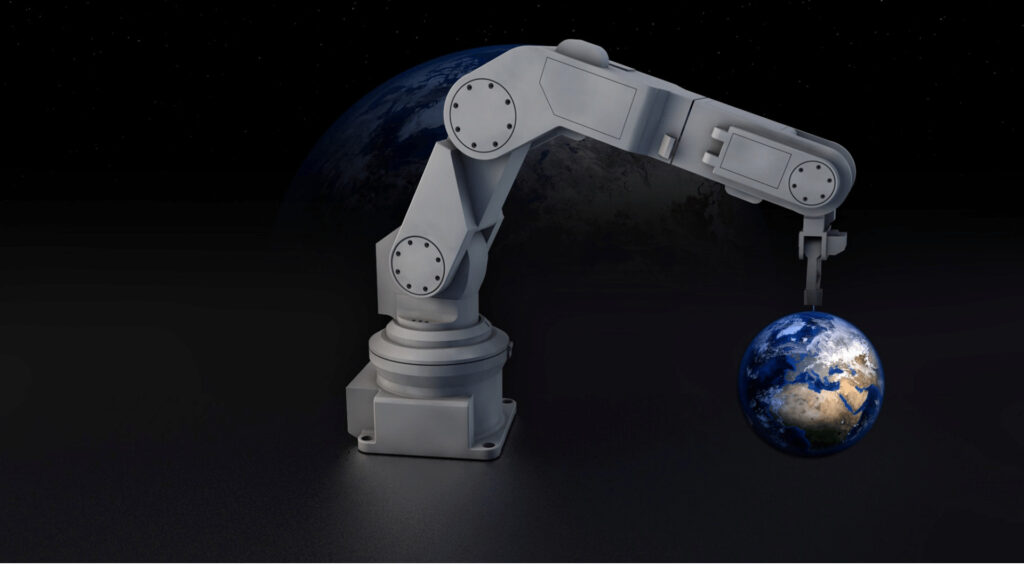
However, luckily, they upgraded me to one of their newest ones which I love. The main thing I want to plug for them is their “Power it Up” contest going on right now. Ten winners will each get $2,000 in cash and many free Anker products. To enter, you make a video up to 1 minute long about an unpleasant or awkward situation caused by running out of power, upload it to YouTube, then share it on their page and the ten highest voted ones at the end of the contest win. The link to enter is in the description, so good luck! Aside from that, please be sure to check out my podcast Shoemakers and subscribe to this channel to get all my future videos right when they come out.

